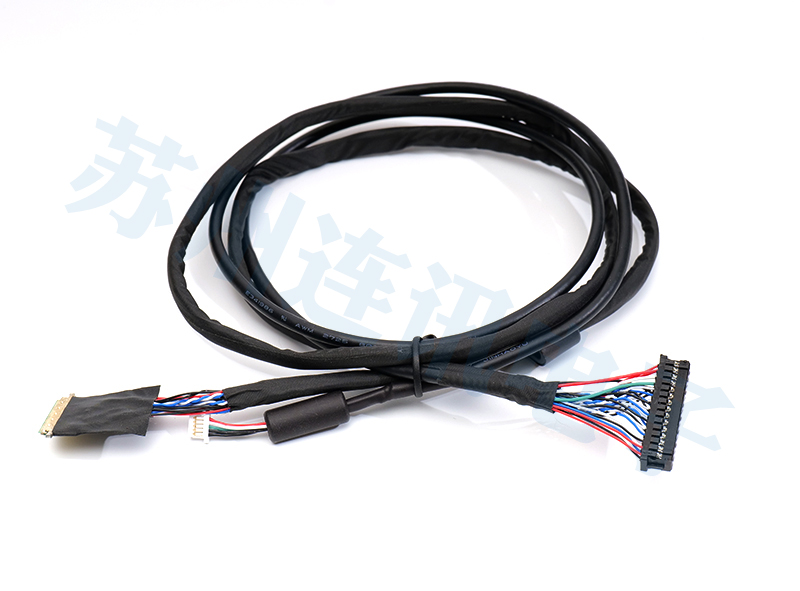What are the common standards for wire harness processing?
The commonly used standards for wire harness processing mainly include the following aspects:
1. Wire color standard: According to the international standards established by the International Electrotechnical Commission (IEC), wires of different colors represent different voltage levels. For example, red represents the positive pole of DC, black represents the negative pole of DC, and yellow represents the ground wire.
2. Standard for wire numbering: According to the international standards established by the International Electrotechnical Commission (IEC), wires with different numbers represent different wire diameters and cross-sectional areas. For example, HO7V-U represents a wire cross-sectional area of 2.5mm ², and HO3VH-H represents a wire cross-sectional area of 0.75mm ².
3. Insulation strength standards: According to the international standards established by the International Electrotechnical Commission (IEC), wires with different insulation materials have different insulation strength requirements. For example, V-90 indicates that the working temperature of the insulation material is 90 ℃.
4. Anti vibration standard: Wiring harnesses are often used in fields such as automobiles and aviation, where wires need to have good anti vibration performance. Therefore, relevant standards require that wire harness connectors remain stable under vibration conditions and must not experience disconnection or loosening.
5. Conductivity Performance Standards: The wires in the harness need to have good conductivity, therefore, relevant standards require that the resistance, conductivity, and other conductivity properties of the wires must meet the specified requirements to ensure the stability and reliability of signal transmission.
6. Flame Spread Performance Standards: Wiring harnesses are often used in high-temperature environments, therefore, relevant standards require wire harness materials to have good high temperature resistance and fire resistance to avoid accidents caused by wire harness fires.
7. Environmental standards: The materials used in the wire harness processing must meet environmental requirements and must not contain harmful substances. For example, RoHS standards require that materials in wire harnesses must not contain harmful substances such as lead, mercury, cadmium, etc.
8. Tolerance standard: During the wire harness processing, it is sometimes necessary to control the length, width, height, etc. of the wire harness. Therefore, relevant standards require control according to specified tolerances during the machining process to ensure the dimensional accuracy and consistency of the wire harness.
9. Label identification standard: After the wire harness is processed, it needs to be labeled for subsequent use and maintenance. The relevant standards require that the label must include information about the purpose, voltage level, specifications, and models of the wires, in order for users to use and maintain the wiring harness correctly.
In summary, the commonly used standards for wire harness processing involve wire color, wire labeling, insulation strength, vibration resistance, conductivity, flame diffusion performance, environmental requirements, tolerance control, and label identification. The development and compliance with these standards can ensure that the wiring harness has good quality and reliability during manufacturing, use, and maintenance processes.

Recommend
-

-

QQ Zone
-

Sina Weibo
-

Renren.com
-

Douban

